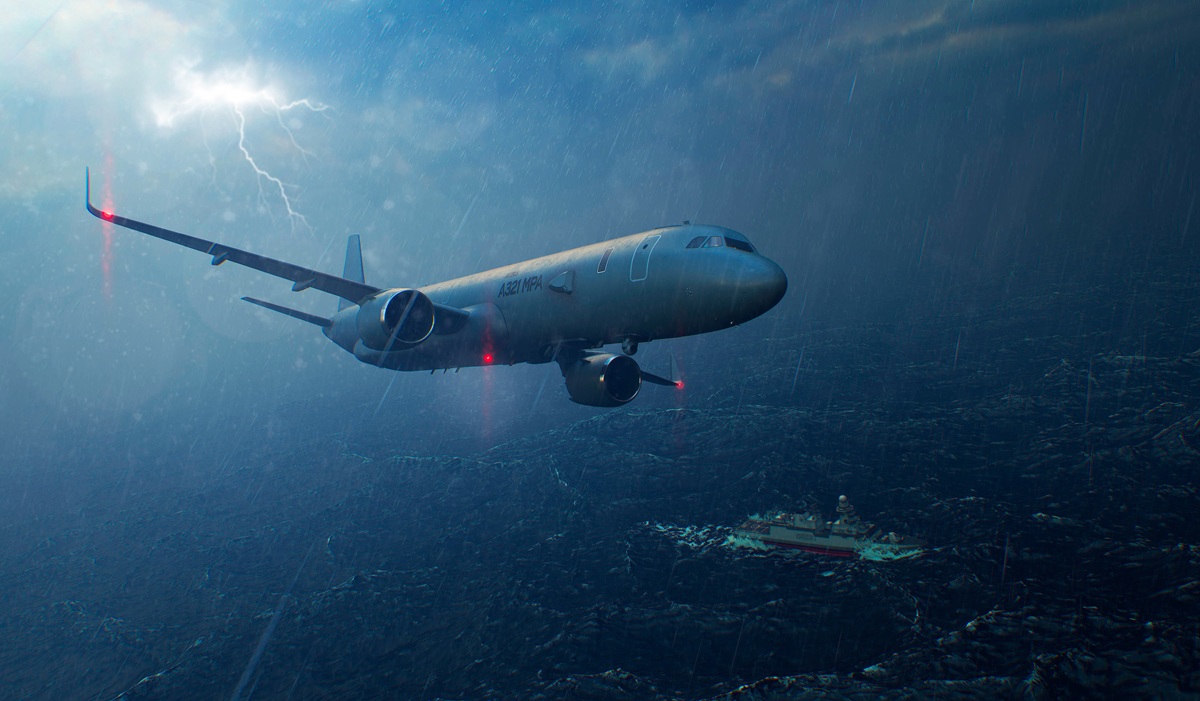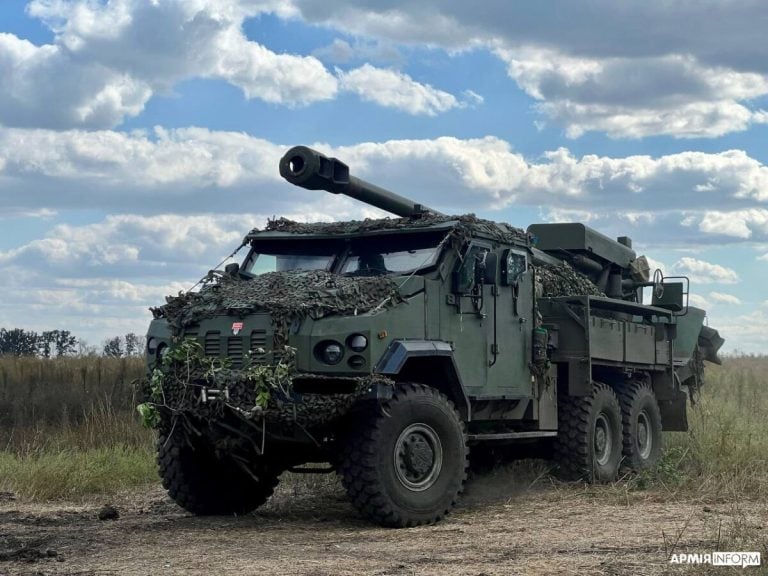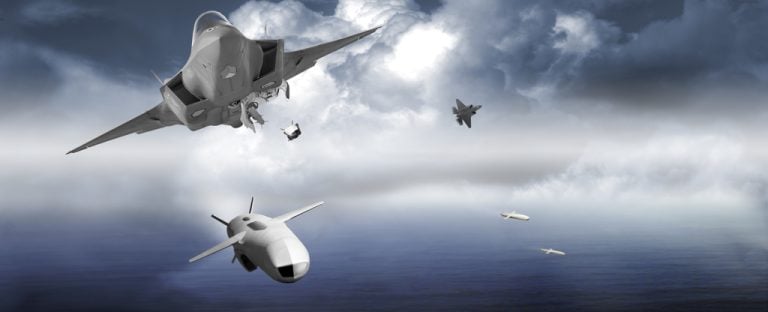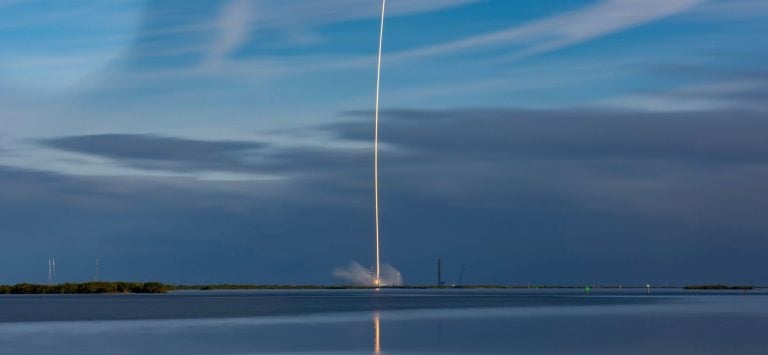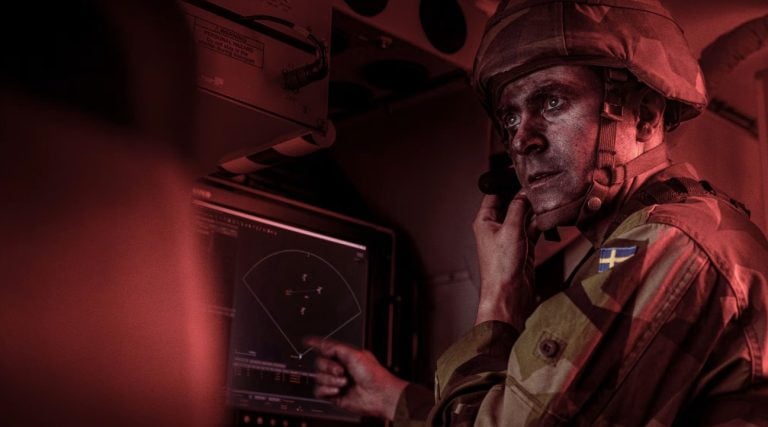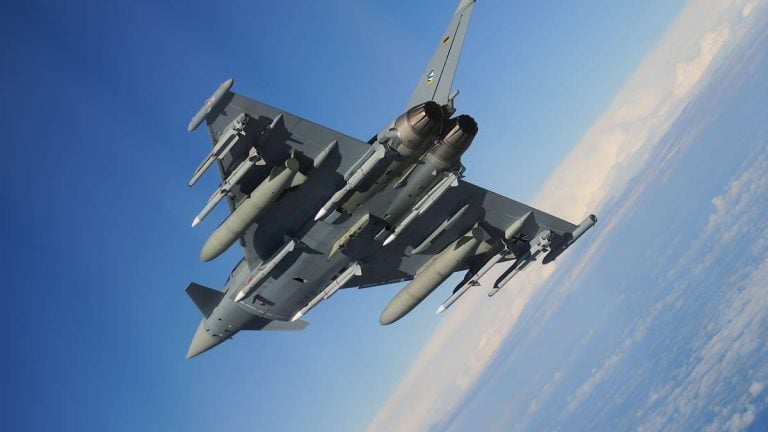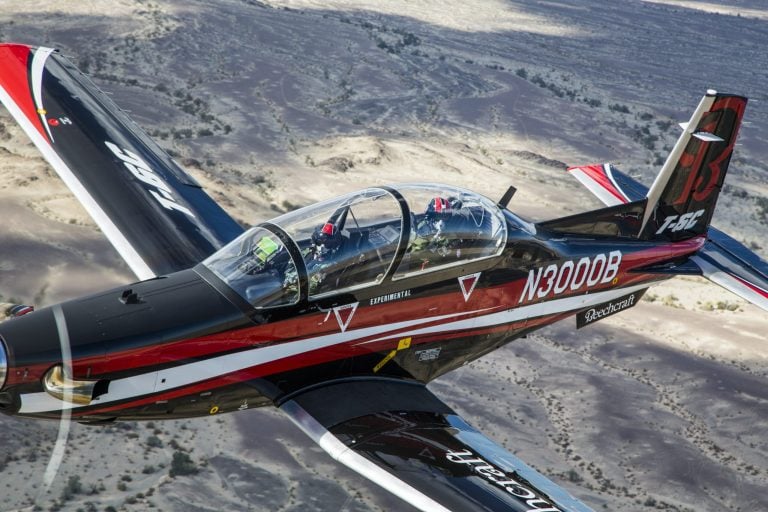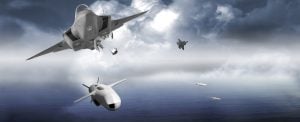The French defense procurement agency has taken a significant step forward in its maritime capabilities by contracting Airbus Defence and Space to conduct a comprehensive risk-assessment study for the A321 MPA, the nation’s future maritime patrol aircraft. This initiative follows up on an architecture and feasibility study carried out in 2022, marking the beginning of a vital collaboration between Airbus and Thales under a two-year agreement aimed at preparing for the aircraft’s development and production launch, scheduled for completion by the end of 2026.
The risk-assessment study will focus on several critical areas, including refinement of the program’s economic and industrial strategies, the technical systems to be integrated into the aircraft, and preliminary wind tunnel testing to evaluate aerodynamic performance. Jean-Brice Dumont, the Executive VP and Head of Air Power at Airbus Defence and Space, emphasized the potential of the A321 MPA, characterizing it as a “true flying frigate” designed to address the diverse missions expected of the French maritime patrol fleet. Dumont also highlighted that Airbus provides a sovereign solution capable of ensuring the autonomy, availability, and reliability essential for supporting France’s nuclear deterrent at sea.
The A321 MPA is designed to replace the aging Dassault Atlantique 2 fleet currently in service with the French Navy, which is expected to remain operational from 2030 to 2040. Having served for over four decades, the Atlantique 2s will be succeeded by this militarized version of the Airbus A321XLR commercial aircraft. With an impressive range of 4,700 nautical miles (approximately 4,603 miles or 7,408 kilometers), the A321 MPA will play a crucial role in performing various missions, including anti-submarine and anti-ship warfare, in addition to intelligence gathering operations.
The aircraft will be equipped with advanced technology, including satellite communications systems, torpedoes, and next-generation anti-ship missiles, which will enhance its operational versatility. Its design allows for long-range operations and high agility, enabling it to fly at low altitudes. Airbus noted that the aircraft’s spacious cargo bay and the adaptable architecture of its mission systems provide significant potential for evolution throughout its operational lifecycle, ensuring it can meet emerging threats effectively.
To enhance its maritime surveillance capabilities, Thales will incorporate specialized sensors designed for maritime patrol, which will include advanced radar systems featuring active antennae, as well as passive and active sonar buoys for acoustic operations, and sophisticated electronic and electro-optical warfare systems. Additionally, the aircraft will have the capability for magnetic anomaly detection and integrated self-protection measures, further bolstering its readiness for a variety of maritime scenarios.
